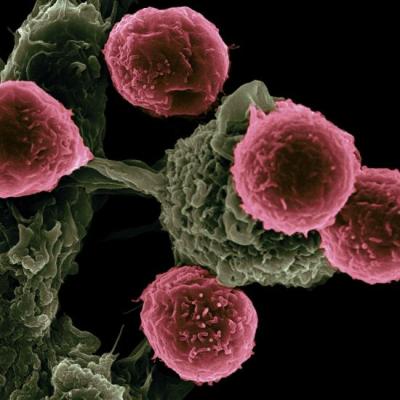The ecDNA story – Catching the Mastermind Behind Cancer Evolution
We’re working out how cancers evolve. And we’re evolving our research to stop them.
We’ve known why cancers evolve for a long time: it’s the way they grow, survive and resist treatment. It’s a big part of why they’re so dangerous.
But the why isn’t enough. To stop cancers evolving, we need to understand how they do it.
Historically, that’s been a problem: the most aggressive cancers break some of the central rules of evolution.
When Charles Darwin described it almost 200 years ago, he said it was a gradual process. He’s been proved right. It took 6 million years for humans to evolve from our ape-like ancestors.
But some cancers can adapt to resist effective treatments in a week. The same slow story of step-by-step genetic mutations can’t explain both things.
For a long time, then, we’ve needed a new model. The fastest evolving cancers are often the ones with the lowest survival.
Now, thanks to Dr Paul Mischel, we have that model. His research has shown that cancers commonly use runaway circles of DNA called ‘extrachromosomal DNA’ (ecDNA) to evolve as quickly as possible. Since his discovery, our progress against it has started speeding up too.























